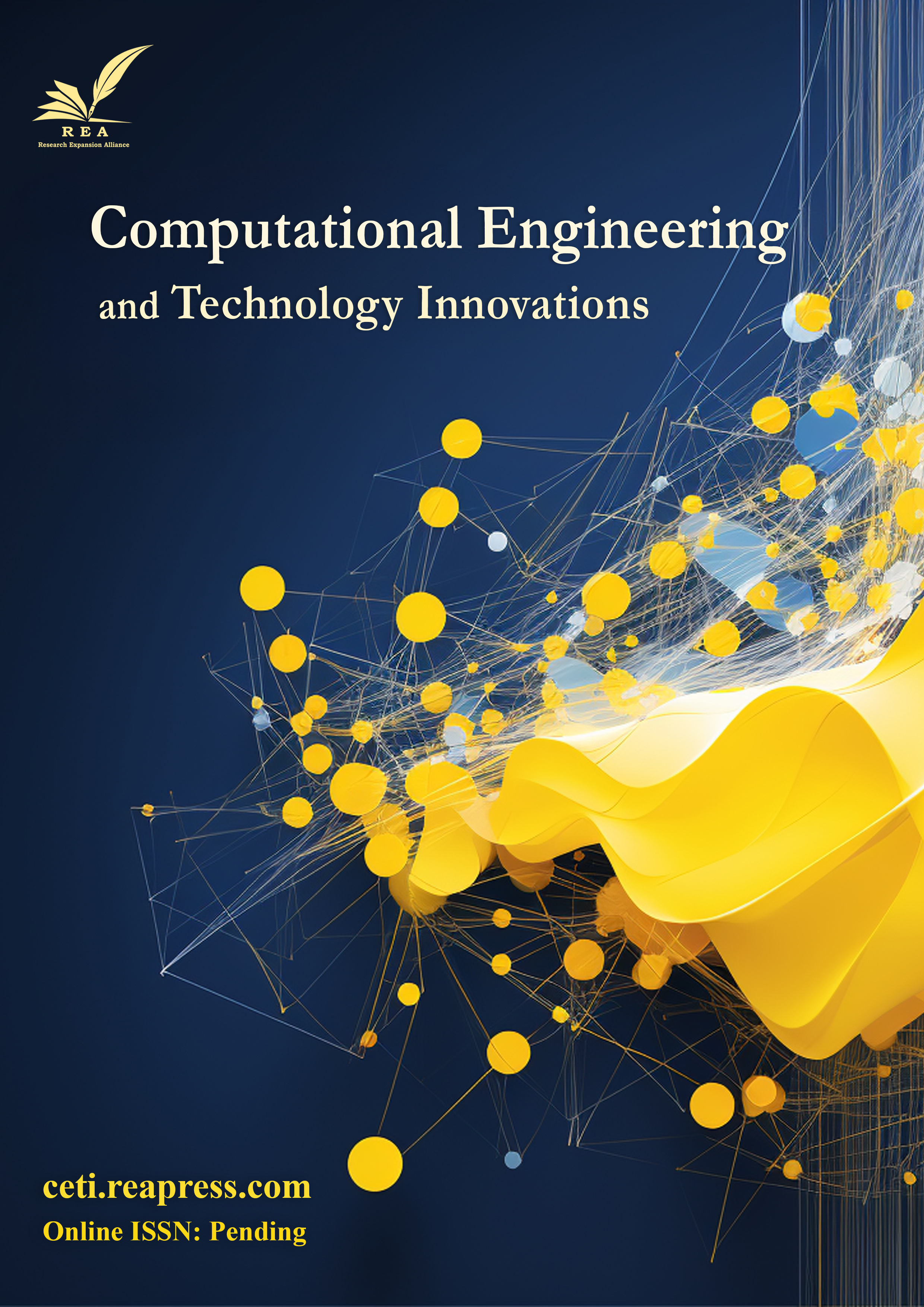Fog Computing in Smart City IoT Architectures for Latency Reduction
Abstract
In the context of rapidly urbanizing environments, smart cities increasingly rely on the Internet of Things (IoT) to enhance operational efficiency and improve the quality of life for residents. However, high latency in data processing poses significant challenges for critical applications such as traffic management, public safety, and environmental monitoring. This paper addresses the pressing need for latency reduction in smart city IoT architectures by implementing fog computing. Fog computing extends cloud services to the network's edge, enabling localized data processing closer to the source. This study employs a multi-layered fog architecture that leverages distributed fog nodes to analyze and process data in real time. By integrating edge devices with advanced analytics capabilities, the system minimizes the volume of data sent to centralized cloud services, effectively reducing transmission delays. The results demonstrate a marked improvement in response times across various smart city applications, with latency reductions averaging 40% compared to traditional cloud-centric models. Specifically, traffic management systems exhibited enhanced real-time decision-making capabilities, while public safety applications benefited from faster emergency response times. These findings highlight the potential of fog computing to transform smart city infrastructures by enabling faster data processing and more efficient resource utilization. The implications of this research underscore the importance of adopting fog computing strategies to create resilient, responsive urban environments that can better meet the needs of their inhabitants. As cities continue to evolve, integrating fog computing into IoT frameworks will be essential for realizing the full potential of smart city technologies.
Keywords:
Cloud-centric models, Latency, Fog computingReferences
- [1] Mohapatra, H., Rath, A. K., & Panda, N. (2022). IoT infrastructure for the accident avoidance: an approach of smart transportation. International journal of information technology, 14(2), 761-768. https://link.springer.com/article/10.1007/s41870-022-00872-6
- [2] Mohapatra, H. (2021). Socio-technical challenges in the implementation of smart city. International conference on innovation and intelligence for informatics, computing, and technologies (3ICT) (pp. 57–62). IEEE. https://doi.org/10.1109/3ICT53449.2021.9581905
- [3] Songhorabadi, M., Rahimi, M., Farid, A. M. M., & Kashani, M. H. (2020). Fog computing approaches in smart cities: a state-of-the-art review. https://doi.org/10.48550/arXiv.2011.14732
- [4] Bonomi, F., Milito, R., Zhu, J., & Addepalli, S. (2012). Fog computing and its role in the internet of things. Proceedings of the first edition of the mcc workshop on mobile cloud computing (pp. 13–16). Association for Computing Machinery. https://doi.org/10.1145/2342509.2342513
- [5] Ivan Stojmenovic, Sheng Wen, Xinyi Huang, H. L. (2014). An overview of fog computing and its security issue. Concurrency and computation: practice and experience, 28(10), 2991–3005. https://onlinelibrary.wiley.com/doi/abs/10.1002/cpe.3485
- [6] Yousefpour, A., Fung, C., Nguyen, T., Kadiyala, K., Jalali, F., Niakanlahiji, A., … Jue, J. P. (2019). All one needs to know about fog computing and related edge computing paradigms: A complete survey. Journal of systems architecture, 98, 289–330. https://doi.org/10.1016/j.sysarc.2019.02.009
- [7] Al-Fuqaha, A., Guizani, M., Mohammadi, M., Aledhari, M., & Ayyash, M. (2015). Internet of things: A survey on enabling technologies, protocols, and applications. IEEE communications surveys & tutorials, 17(4), 2347–2376. https://doi.org/10.1109/COMST.2015.2444095
- [8] Khan, W. Z., Rehman, M. H., Zangoti, H. M., Afzal, M. K., Armi, N., & Salah, K. (2020). Industrial internet of things: Recent advances, enabling technologies and open challenges. Computers & electrical engineering, 81, 106522. https://doi.org/10.1016/j.compeleceng.2019.106522
- [9] Stojmenovic, I., & Wen, S. (2014). The fog computing paradigm: Scenarios and security issues. 2014 federated conference on computer science and information systems (pp. 1-8). IEEE. https://doi.org/10.15439/2014F503
- [10] Mahmud, R., Kotagiri, R., & Buyya, R. (2018). Fog computing: A taxonomy, survey and future directions. Internet of everything: Algorithms, methodologies, technologies and perspectives, 103–130. https://doi.org/10.1007/978-981-10-5861-5_5
- [11] Mohapatra, H., & Rath, A. K. (2021). An IoT based efficient multi-objective real-time smart parking system. International journal of sensor networks, 37(4), 219-232. https://doi.org/10.1504/IJSNET.2021.119483
- [12] Mukherjee, M., Shu, L., & Wang, D. (2018). Survey of fog computing: Fundamental, network applications, and research challenges. IEEE communications surveys & tutorials, 20(3), 1826–1857. https://doi.org/10.1109/COMST.2018.2814571


